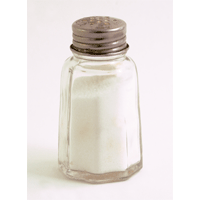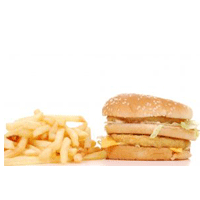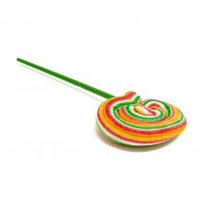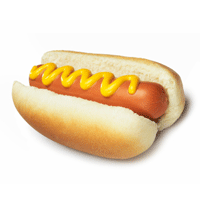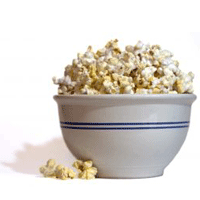5 Common Chemical Food Additives You Should Avoid
By Brandi Koskie - DietsInReview.com
It's not really news that our food ingredient labels are riddled with words that require an advanced degree to understand. We typically bypass reading them because it's easier. However, buried in those multi-syllabic nutrition labels are chemical additives that can have adverse effects on our health and how are bodies absorb nutrients. These chemical ingredients are used by packaged food producers and restaurants to increase the shelf life and enhance the flavor and color of food products.
This list includes five of the most popular additives, the ones you should be most weary of consuming. You can read more at DietsInReview.com about other chemical food additives to avoid, like Saccharin, Olestra and Potassium Bromate.
1. Salt/Sodium
What it is: It's been called one of the most dangerous additives in our food supply. Food producers, chefs and home cooks use it in nearly everything we eat and drink.
Why it is Used: Preservative and flavor enhancer.
The Risk: A diet high in sodium poses a great risk to our cardiovascular health. The RDA for sodium is 2,400 mg, or 1 tsp. of table salt, per day. Fast-food meals can contain a day's worth of sodium, if not more.
Food Sources: Fast Food, Deli Meats, Canned Goods, Processed/Packaged Food
2. Trans Fat
What it is: Created using a process that adds more hydrogen to monounsaturated and polyunsaturated fats, making them more saturated. This is indicated on food labels as "partially hydrogenated" or "hydrogenated."
Why it is Used: This is a more economical approach for food manufacturers, as they get more product for their money. Additionally, it gives food a longer shelf-life.
The Risk: Consuming trans fat can be detrimental to your health because it promotes poor cardiovascular health and premature heart attacks. A food containing
Food Sources: Fried Food, Restaurant Food, Microwave Popcorn, Margarine, Crackers, Chips, Packaged Cookies and Cakes
3. Artificial Coloring
What it is: The dyes are just a chemical- so they contain no vitamins, minerals or other nutrients.
Why it is Used: To liven the color to make manufactured foods more attractive.
The Risk: Read food labels closely, and be especially cautious of those listing Blue 1, Blue 2, Green 3, Red 3, Yellow 6- all of which have been linked with various tumors and cancers.
Food Sources: Soda, Candy, Juice, Frosting, Gelatin, Fruit Cocktail, Sausage
4. Sodium Nitrite or Nitrate
What it is: A solid, white salt that is used in food production. Additionally, sodium nitrate is used in fertilizers, rocket propellant and pottery enamel.
Why it is Used: This chemical additive gives "cured meats" that salty flavor, and helps to maintain their reddish tint. For example, hot dogs and bacon would be a gray color without it. Food producers say it is used to prevent bacteria growth, critics suggest modern refrigeration does the same thing.
The Risk: This additive has been linked with cancers in children and adults.
Food Sources: Ham, Hotdogs, Bacon, Canned Meats/Fish, Corned Beef
5. Diacetyl
What it is: The chemical that gives the "butter" flavoring.
Why it is Used: To give microwave popcorn or other butter products that buttery flavor we love.
The Risk: In 2007, Diacetyl caught much publicity for being responsible for "popcorn lung," causing lung disease in the workers at microwave popcorn factories. That publicity fortunately caused it to be removed from most foods, but still worth examining your food labels.
Food Sources: Microwave Popcorn, Butter-Flavored Anything
Removing these additives can be a major step toward maintaining a healthy diet for you and your family.
© DietsInReview.com
